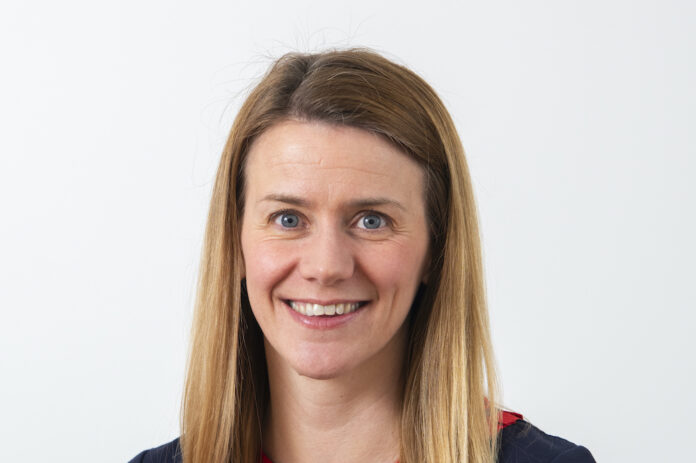EE, O2 and Vodafone use Sitenna to place their antenna
Mobile network builders in Scotland have been given a detailed map and address book of 140,000 options for hosting their equipment. The vital intelligence on public sector land, buildings and street furniture assets could expedite the completion of 4G and 5G coverage for Scotland. Its could save telcos months by simplifying the process of finding sites and seeking planning permission. The Infralink-Exchange system details include everything from buildings, through streetlights to CCTV across public property in its pilot area of the Tay Cities region which comprises Fife, Perth & Kinross, Dundee City and Angus Councils. Anything, be it an old phone box or a lamp post, is listed if it could be suitable for hosting some Ericsson 5G RAN antenna or Nokia Airscale Massive MIMOs.
Sitenna
The asset information is hosted by Sitenna, a cloud SaaS system that connects mobile network operators with the owners of commercial property assets. Its platform is used to find new locations to put up towers and antennae by mapping assets and using workflows to speed up the process. Mobile operators including EE, O2 and Vodafone have already agreed to provide a 4G service via many of the new mast sites, although the vast majority of live sites are currently only providing a service via EE’s network, while Three UK seems to have largely shunned the project. All sites are capable of supporting multiple operators in the future.
Pilot
Infralink-Exchange (IE) is the only Scottish project of eight UK pilot schemes that are making public assets available in order to aid 4G and 5G installers. All eight projects were awarded a share of £4 million funding earlier this year by the UK Government’s Department for Digital, Culture, Media & Sport. The IE project received £500,000 from the Digital Connectivity Infrastructure Accelerator (DCIA) to explore how digital software can help simplify local authority processes when telecoms operators request access to publicly owned buildings and curb-side infrastructure.
Eynon
“This is significant because mobile network operators can easily find out where they can install macro and small cell equipment and the details of potential willing landlords,” said Sarah Eynon, programme director for Digital Infrastructure at SFT, “the success of the pilot project hinges on the process of data identification, incorporation and management that is sustainable and can be applied across the whole of Scotland. We will share what we have learnt and the approach we have used, to allow others to replicate it and use it across the country.”
SFT
The launch follows on from the work of the Infralink programme, established by public sector infrastructure body, the Scottish Futures Trust (SFT) and funded by Scottish Government. Infralink is streamlining the process of identifying and installing digital communications equipment on public sector buildings and land.


